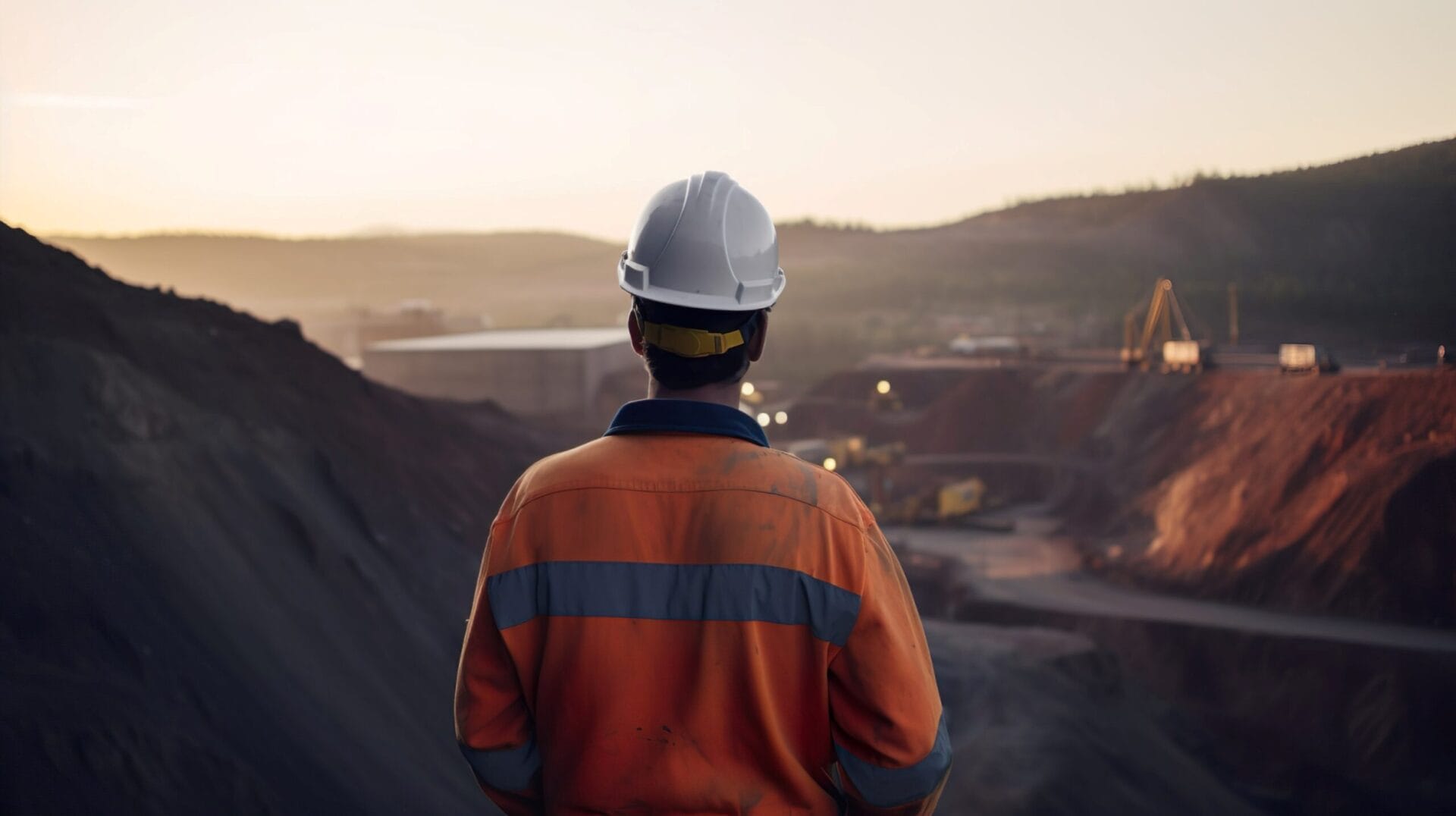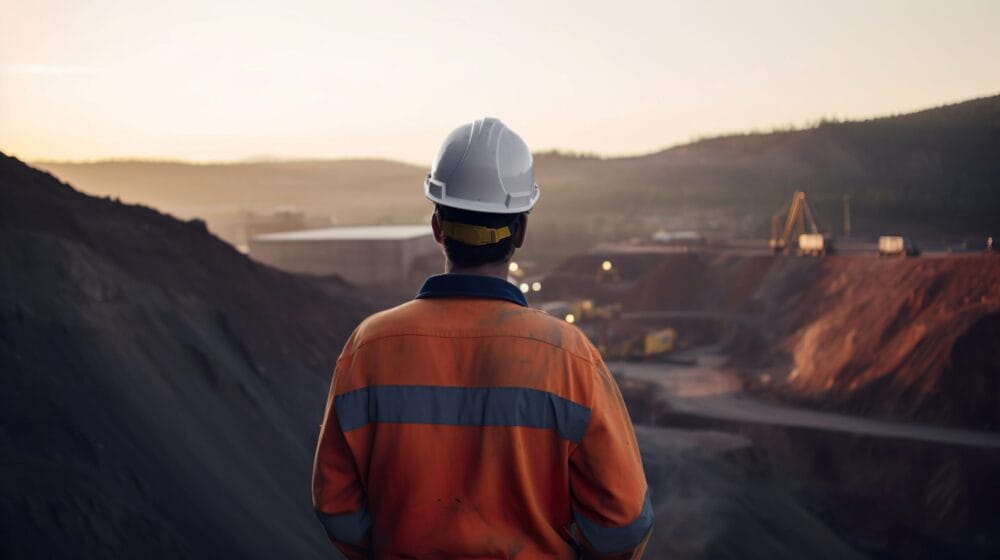~ Copper’s role in the green energy transition ~
Producing copper can damage the environment, but it’s essential to Net Zero, say Bruno De Wachter and Fernando Nuño, representatives of the International Copper Association and members of the advisory board of international electrical engineering trade show, CWIEME Berlin. Here they discuss humanity’s growing copper demand.
Today, more than two thirds (70 per cent) of copper production is earmarked for electrical applications. Copper is involved at every stage of the electricity system: generating it, transferring it, and using it.
Copper is the second most conductive known metal after silver, and more conductive than gold, but the scarcity and price of these two precious metals make them unsuitable for the millions of tonnes required for a global energy network. Copper’s physical properties, such as its ductility and resistance to corrosion make it ideal for countless components like cables, connectors, and coils. Finally, it’s the 25th most abundant element in Earth’s crust and it can be recycled without any significant loss of quality.
A copper intensive transition
As electrical infrastructure develops and standards of living improve around the world, we’ll naturally need more megawatts of power to meet demand. But a side effect of the green energy transition is that each megawatt of electricity end use will be more copper intensive than fossil fuel alternatives.
The main reason is that renewable electricity generation is much more dispersed than conventional thermal generation from fossil fuels, making it more material intensive. For example, each wind turbine of 1 to 5 MW has its own generator, while a coal fired thermal power plant has one generator of typically 400 MW. A more dispersed generation also means that the grid for transferring electricity from where it’s made to where it’s needed must expand.
In addition, generating electricity from sustainable sources is often weather-dependent. While coal can burn nearly 24/7, wind power needs a consistent breeze and solar power only works during the daytime. To compensate for natural low-output periods, we’ll need extra production capability and storage to keep up with demand, meaning more copper for more renewable energy systems. This is another reason why we need a stronger grid: the better all sites of generation and consumption are interconnected, the easier it becomes to tap the electricity from where it is available at that moment.
Finally, the quest for energy efficiency itself is copper intensive. According to Joule’s law, energy lost as heat in an electrical wire is proportional to resistance and resistance is inversely proportional to wire diameter — so the thicker a copper cable is, the less energy is wasted as heat and therefore the more efficient the system is. This includes the windings of transformers and electric motors. Essentially, the more copper we use in each application, the more energy we save.

Will it run out?
The short answer is no. Enough resources exist to support the energy transition and meet society’s needs. The question is whether we can extract that copper quickly enough to align with global Net Zero goals.
At present, we have about 41 years’ worth of copper reserves — copper in the ground at operational mines — and up to 250 years’ worth of predicted, but currently unexploited resources.
Surprisingly, the number of years’ worth of copper reserves has been roughly the same for decades. Just like with oil, the scarcer it becomes, the more effort goes into finding more.
It may be possible to reduce our reliance on copper by developing alternatives such as aluminium or graphene. However, if growth continues at historical rates and copper production increases in line, as it has done for over 100 years, there’s nothing to be concerned about. Meanwhile, changes in the way we produce copper are being introduced.
Green copper
International collaboration and sharing of ideas and expertise at events like CWIEME Berlin, help the industry collaborate and do its part to maximise the benefits of copper use and reduce the environmental impact of copper production.
The Copper Mark, for example, an industry-wide standard to encourage the responsible production, sourcing and recycling of copper and other critical metals. Based on 32 indicators, the certification is designed to cover social and environmental themes, from social engagement and prevention of child labour to responsible use of water and management of resources.
For now, at least, mining existing resources for primary copper is essential. In fact, without mining there can be no Net Zero. While zero impact mining is impossible, mining must be responsible — a careful balance of economic, environmental, political and social challenges.








